Famous Bird Paintings: Floating Feathers & Vicious Swans

– This post was written by Mick Murray –
Birds have a special place in the world of animal paintings. There’s an entire sub-genre of art devoted to depicting our feathered friends, with these creatures being a constant source of fascination for artists over the centuries. Here’s a list of some of the most famous bird paintings in the world, and where you can admire them in person.
The Goldfinch – Carel Fabritius (1654)

“And, in this staunch little portrait, it’s hard not to see the human in the finch. Dignified, vulnerable. One prisoner looking at another.”
Donna Tartt, The Goldfinch
Arguably the most famous bird painting of all time, this tiny masterpiece has several claims to fame. It inspired a Pulitzer Prize-winning book (and a subsequent disappointing film adaptation), and is one of the main attractions at The Hague’s renowned Mauritshuis.
The painting features a life-sized depiction of a goldfinch, chained to its perch – it’s comparatively simple and modest when compared to other Dutch masterworks of the same time, but the painting’s enduring appeal comes from the subject matter itself.
Goldfinches are widespread across different continents, and are known mostly for their pleasant song and vivid colouration. During Fabritius’s time, they were commonly associated with health and good fortune, and had been domesticated by humans as decorations and companions since the era of the ancient Romans. There’s something deeply appealing about these birds that endears them to humans, and Fabritius managed to capture the creature’s beauty and slight melancholy in his depiction.
Like many great artworks, however, The Goldfinch has a tragic backstory. It was lost after Fabritius perished in the infamous ‘Delft Thunderclap’: a gunpowder explosion that destroyed a substantial part of the city in 1654. More than two centuries later, in 1859, it was rediscovered after somehow making its way into the collection of a former Dutch army officer. It’s suggested that minor damage found on the painting may have actually been caused by the massive explosion that killed Fabritius.
Where is The Goldfinch by Fabritius?
This iconic little painting is one of the stars at the Mauritshuis in The Hague, alongside Vermeer’s famous Girl with a Pearl Earring and other renowned works of art by Dutch masters.
Little Owl – Albrecht Dürer (1506)

“As I grew older, I realized that it was much better to insist on the genuine forms of nature, for simplicity is the greatest adornment of art.”
Albrecht Dürer
Dürer was an early proponent of animal paintings, and created some of history’s most beloved renditions of birds. The best example is his famous Little Owl, a small creature full of character and expression. His faithful recreation has stood the test of time, and is still admired as a masterpiece over 500 years after it was painted.
Up until this point, owls had generally been used in art as symbolic creatures – often of the terrors that may await you in the night; they were depicted as predators, or harbingers of doom. Owls were associated with darkness, uncleanliness, and generally being pretty evil. Basically, they had a bad reputation. Dürer’s portrait takes the exact opposite approach: it’s charming, adorable, and just a very nice little owl overall. It looks like the kind of bird that says “Hope you have a good day” and really means it.
Where is the Little Owl by Albrecht Dürer?
This 500-year-old treasure can be found at the Albertina Museum in Vienna, alongside masterpieces by Monet, Renoir, Miro, Magritte, Munch, Picasso, and many more.
The Kingfisher – Vincent van Gogh (1886)

“What the moulting season is for birds – the time when they lose their feathers – setbacks, misfortune and hard times are for us human beings.”
Vincent van Gogh, in a letter to his brother Theo
While it’s not one of Van Gogh’s most famous paintings, The Kingfisher is one of the few times that the artist devoted himself fully to a depiction of a bird. At first glance you could be forgiven for not recognizing it as a Van Gogh painting, but the closer you look, the better you can observe his characteristic brushwork and technique.
Van Gogh took great inspiration from nature above all else, and would have almost certainly produced more famous bird paintings if he hadn’t been so preoccupied with sunflowers, irises, and starry evening skies. At the very least, the idea of this troubled artist finding a rare moment of peace and studying this colourful bird by a river is enough to grant it a place on this list.
Where is The Kingfisher by Van Gogh?
Like many of Van Gogh’s most famous works, you’ll find it at the Van Gogh Museum in Amsterdam.
The Threatened Swan – Jan Asselijn (1650)

“… it became the very first acquisition to enter the Nationale Kunstgalerij (the forerunner of the Rijksmuseum) in 1880.”
Rijksmuseum.nl
From one Dutch master to another. As opposed to Van Gogh, Jan Asselijn is actually renowned for his paintings of birds. More specifically, he’s famous for this depiction of a threatened swan, honking ferociously at its canine attacker. The painting’s sheer size also adds to the swan’s intimidation factor: the canvas is large enough that the creature is basically life-sized.
There are a few different interpretations of what Asselijn was intending to convey with this painting. The prevailing theory is that the swan represents Johan de Witt, the political leader of Holland at the time, defending the country from its various enemies. It sounds like a stretch, until you see that the term ‘de raad-pensionaris’ (De Witt’s job title) is written between the swan’s legs, and that ‘de viand van de staat’ (‘enemy of the state’ in 17th-century Dutch) is written above the head of the threatening dog. Just in case that was too subtle, ‘Holland’ is written on the egg that the swan is trying to protect.
There’s significant doubt about whether or not it was Asselijn himself who added the inscriptions in question – it’s most likely to have been a politically motivated addition after the artist’s original efforts were completed – but slightly ham-fisted symbolism or not, it’s still one of the greatest bird paintings by any of the 17th-century Dutch masters.
Where is The Threatened Swan by Jan Asselijn?
You’ll find this Dutch masterpiece at the Rijksmuseum in Amsterdam, where it’s one of the most iconic works in the collection and looks every bit as ferocious as it did back in 1650.
The Birds of America – John James Audubon (1827-1838)

“I never for a day gave up listening to the songs of our birds, or watching their peculiar habits, or delineating them in the best way I could.”
John James Audubon
When it comes to Audubon’s work, it’d be unfair to pick just one image. Instead, The Birds of America is a comprehensive anthology of all avian species found in the artist’s home nation at the time. To this day it’s considered one of the greatest ornithological works ever created, partially due to Audubon’s painstaking artwork and his spectacular depictions of birds – including some species that are now extinct.
In order to fund his expensive magnum opus, Audubon travelled the world looking for support. He used an innovative subscription method in order to continue publishing his work between 1827 and 1838, promising his subscribers exclusive access to his artwork. Luckily for him (and ornithologists everywhere), Audubon’s fans and patrons included King Charles X of France, Queen Adelaide of Saxe-Meiningen, as well as a host of other famous politicians and aristocrats.
Where is The Birds of America by John James Audubon?
120 sets are believed to exist, spread out all over the world. You’ll find copies at the University of Pittsburgh, Meisei University in Tokyo, the Mitchell Library in Glasgow, Toronto Public Library, Union College in New York, Library of Parliament in Ottawa, and Trinity College in Connecticut.
Air – Giuseppe Arcimboldo (1566)

“The emperor was extremely fond of Arcimboldo and showed great appreciation for him. A peculiar mixture of irrational and scientific thought prevailed at [the emperor’s] court and was somehow reflected in Arcimboldo’s pictures.”
Werner Kriegeskorte, Arcimboldo (1987)
Giuseppe Arcimboldo was one of the Renaissance’s most daring and innovative painters, with an entirely unique and instantly recognisable style. Air is part of a series of four different works commissioned by Holy Roman Emperor Maximilian II, who enjoyed Arcimboldo’s services as a court painter. The other installations in the series include Fire, Earth, and Water – covering all four elements.
This particular image features a male side profile, made up of dozens of different birds. Some are easier to identify than others (the humble chicken makes an appearance), and some are there specifically to appeal to the artist’s royal patron: the peacock is representative of the Habsburg dynasty, and in this case forms the shoulder and upper arm of the figure. You’ll also find some sneaky owls, a parrot or two, and even a majestic turkey which forms the nose.
If you’re a regular Tiqets Blog reader, you might remember Arcimboldo from our list of famous food paintings, in which he portrayed a literal Holy Roman Emperor with the power over life and death as a weird aubergine creature. Bold.
Where is Air by Giuseppe Arcimboldo?
Air is in a private collection – the same applies to Earth, but luckily Fire and Water can be found at the Kunsthistorisches Museum Vienna.
The Floating Feather – Melchior de Hondecoeter (1680)

“Melchior d’Hondecoeter was apparently the only painter in the Netherlands who seemed to appreciate birds as living beings with feelings.”
Roger J. Lederer, The Art of the Bird
Melchior de Hondecoeter, another Dutch Golden Age painter, spent his considerable talents depicting birds of all kinds. He especially loved exotic species, and many of his famous bird paintings feature diverse collections of feathered creatures, depicted in great realistic detail. Officially titled ‘A Pelican and Other Birds Near a Pool’, the detail of a downy little feather floating on the water’s surface has given this painting its popular name.
A true bird fanatic, De Hondecoeter had his own poultry yard at his home, and apparently trained a rooster to stand still and pose on command. While that may or may not sound realistic to anyone who’s ever had the pleasure of being attacked by a rooster, the story does reveal how the artist was perceived in terms of his relationship with birds.
Interestingly, this painting features plenty of birds you can still see in Amsterdam (where the artwork is displayed), as well as some very exotic species. Despite living on the other side of the world in the 1600s, the artist somehow knew exactly what Australia’s southern cassowary looked like. That’s true bird fandom.
Where is The Floating Feather by Melchior de Hondecoeter?
Like many other works by Dutch Golden Age artists (including Asselijn’s The Threatened Swan), this famous bird painting is part of the Rijksmuseum’s gigantic collection.
Peacock and Peacock Butterfly – Archibald Thorburn (1917)

“Of all his pictures … the most daring was a gigantic one … of a peacock in full display in front of a red rhododendron in full bloom; a gorgeous sunset and woodland as the background and, in the bottom left hand corner, a peacock butterfly. My memory may be at fault as regards to the details, but I remember the whole as a riot of colour; it was in no way displeasing but was both magnificent and accurate.”
Hugh S. Gladstone, Scottish Ornithologist, Obituary of Archibald Thorburn, 1936
Archibald Thorburn was one of Scotland’s most renowned wildlife painters, with a strong focus on depicting birds in the wild. He served as Vice-President of the Royal Society for the Protection of Birds for multiple years, and would frequently head out into the forest in search of subjects to paint. Luckily for us, he rarely ran out of inspiration.
Peacock and Peacock Butterfly is one of his most famous bird paintings, featuring a resplendent peacock fanning its tail feathers. The colours are striking, and the background consists of lush watercolour flora. Once your eyes have stopped focusing on the vivid shades of green, blue and red around the top half of the painting, you’ll notice a tiny little detail near the bottom-left: a peacock butterfly resting on the ground.
Throughout art history, peacocks have represented multiple, often contradictory things: resurrection, vanity, good fortune, impending doom, immortality, evil, and good. It’s hard to know precisely what Thorburn’s motivation for the painting was, or if he intended any meaning by it – but our best guess is that he just couldn’t resist painting the peacock’s spectacular plumage.
Where is Peacock and Peacock Butterfly by Archibald Thorburn?
This particular artwork is most likely in a private collection, having been sold during an auction. Thorburn’s other work can be found in galleries across the UK, including the Tullie House Museum And Art Gallery, the Usher Gallery, and the Blackburn Museum & Art Gallery.
Concert of Birds – Frans Snyders (1601)

“The painting presents a colourful diversity of birds surrounding an owl as concertmaster holding a musical score.”
Roger J. Lederer, The Art of the Bird
Snyders is an important artist in many ways, particularly when it comes to depicting birds and other animals. He was among the first to place a strong emphasis on animals in common environments, giving them an importance they had previously lacked in the world of oil painting.
The theme of a ‘concert of birds’ was a very popular one for Snyders, a key proponent of this particular motif. He frequently returned to the theme, creating several paintings of various bird species all coming together to perform a collaborative song – sometimes even featuring a musical score as pictured above.
Other than being an adorable idea for a Disney movie scene, there’s a lot of fascinating history behind it. The 1600s saw the infamous ‘Beeldenstorm’ take place, also known as the ‘Iconoclastic Fury’ in English, which destroyed a Franciscan chapel in Brussels that was famous for attracting a flock of birds (it’s said that they were compelled by an image of the Virgin Mary, which may or may not be true).
After its razing, the chapel was reconstructed at the end of the 17th century, with the new building featuring bird cages suspended from the ceiling. The birds kept in these cages were known to contribute their own song to the chapel’s liturgy. With strong ties to the local Franciscan order, it’s likely that Snyders was aware of – and even inspired by – this story. There are also plenty of other interpretations of the painting, from representing a natural harmony and order to simply being an ode to hearing. Regardless, Snyders’s tendency to return to this theme led to some of the most influential bird paintings in history.
Where is Concert of Birds by Frans Snyders?
Luckily, Snyders created quite a few of these paintings. They can be found at prestigious institutions around the world including the Prado in Madrid, the Louvre in Paris, and the Hermitage in St. Petersburg.
The Magpie – Claude Monet (1869)

“I would like to paint the way a bird sings.”
Claude Monet
The Magpie is part of Monet’s series of winter paintings, showing the effects of snow on the landscape. It’s the largest of the approximately 140 works he created on this theme between 1867 and 1893, and is generally considered to be the best among them. The presence of a lone magpie has a transformative effect on the image, adding a sense of life and activity to an otherwise still scene. While the bird is only a small part of the greater whole, its presence is substantial enough to give the entire painting its name. Perching on a fence, it draws the eye immediately to the left side of the work, creating a focal point that demands attention.
Monet would have been around around 30 years old when he created this painting, and at this point was already finding his inspiration by working in the open air as opposed to the indoor comfort of a studio. While creating his winter paintings, he could be seen swaddled up in multiple coats, huddling around his easel in the freezing cold in order to document the snowy landscape. This particular painting is one of his first noteworthy successes in terms of capturing light and shadow (a hallmark of Impressionism that couldn’t be replicated indoors), with the sunlight and snow combining to make blue-tinted shadows.
Where is The Magpie by Claude Monet?
This seminal snowscape by Monet can be found alongside the world’s largest collection of Impressionist masterpieces at the Musée d’Orsay.
Swifts – Bruno Liljefors (1886)

“There is a vast difference between a drawing aimed at recording an instant in the life of an alert organism and one aimed at showing how light falls on a stuffed specimen … A Bruno Liljefors would fully understand what I have just tried to say; so would a Jan Vermeer.”
George Miksch Sutton, Wilson Ornithological Society
Bruno Liljefors was active across two centuries, and was Sweden’s most influential wildlife painter during both the 1800s and 1900s. His depiction of animals, particularly his famous bird paintings, remain timeless and influential to this day.
He was committed to depicting animals in an accurate way to an extent that most artists wouldn’t consider; Liljefors had his own menagerie of creatures which he kept in an animal enclosure. This included badgers, foxes, and a wide variety of birds. Influenced heavily by nature, his paintings featured animals in often dramatic situations – fights for survival, or mid-flight action – as well as relaxed natural settings.
His work is most notable for contributing to wildlife painting becoming an art form in its own right, and not simply being a way of depicting animals for scientific purposes. While there are plenty of paintings that could be featured here, Swifts depicts his work at its finest: full of action, movement, striking colour, and animals as they are in their natural environment.
Where is Swifts by Bruno Liljefors?
Unfortunately, Swifts also appears to have been bought into a private collection. However, the Nationalmuseum Stockholm features many other spectacular works by Liljefors and is well worth a visit for anyone interested in his art (or Swedish art in general).
Girl in a Boat with Geese – Berthe Morisot (1889)

“I don’t think there has ever been a man who treated a woman as an equal and that’s all I would have asked for, for I know I’m worth as much as they.”
Notebook entry by Berthe Morisot
Berthe Morisot was among the 19th century’s foremost Impressionist painters, and was highly influential among her peers. While the names of her contemporaries like Cézanne, Degas, Monet, and Renoir have become familiar to most people with even the slightest interest in art, Morisot remains less of a household name.
There is one very simple reason for this, which you might have been able to guess by now.
While Morisot’s use of colour was praised to the heavens by her fellow Impressionists (who knew what they were talking about), male art critics at the time generally gave her work back-handed praise, remarking on it being filled with ‘’feminine charm’’ and talking about the delicacy of her brushstrokes.
When writing about famous bird paintings, it was difficult to find a lot of representation for women. It would be disingenuous to post work by women artists and claim it to be more ‘famous’ than it is, so we didn’t. There is a wealth of female artists out there, many of whom created some of history’s most important works, but for a very, very long time, leaving the house for extended periods to create paintings of birds was almost exclusively a man’s prerogative. As a result, most famous bird paintings were created by men – not due to a lack of talent, but due to an almost total lack of recognition and support for women artists over the centuries.
Girl in a Boat with Geese bucks that unfortunate trend, displaying Morisot’s adept use of colour and her pioneering role in the Impressionist movement. When viewing it, you can see the artist’s constant experimentation with Impressionist techniques – painting in the open air, expansive use of white tones, and seemingly unfinished outer edges that give the work a sense of spontaneity. Despite being typically Impressionist blobs, the geese manage to display a huge amount of personality and liveliness. It’s a very different approach to bird paintings, but it’s one that deserves to be mentioned on this list.
Where is Girl in a Boat with Geese by Berthe Morisot?
This painting by Morisot can be admired at the National Gallery of Art in Washington, D.C. – admission to the museum is always free, and the collection features everything from ancient artefacts to pop art.
 Art Museums in Paris
Art Museums in Paris Zoos in Rome
Zoos in Rome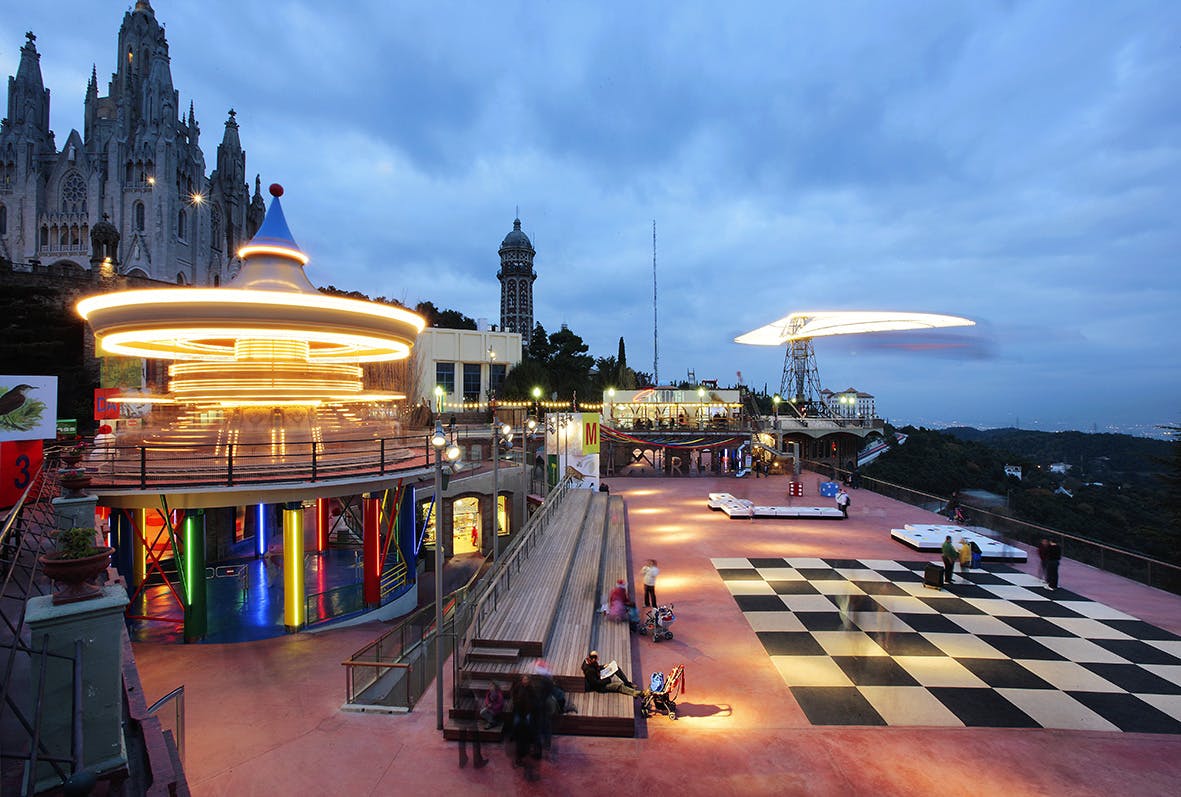 Theme Parks in Barcelona
Theme Parks in Barcelona Historical Sites in Rome
Historical Sites in Rome Distilleries in Edinburgh
Distilleries in Edinburgh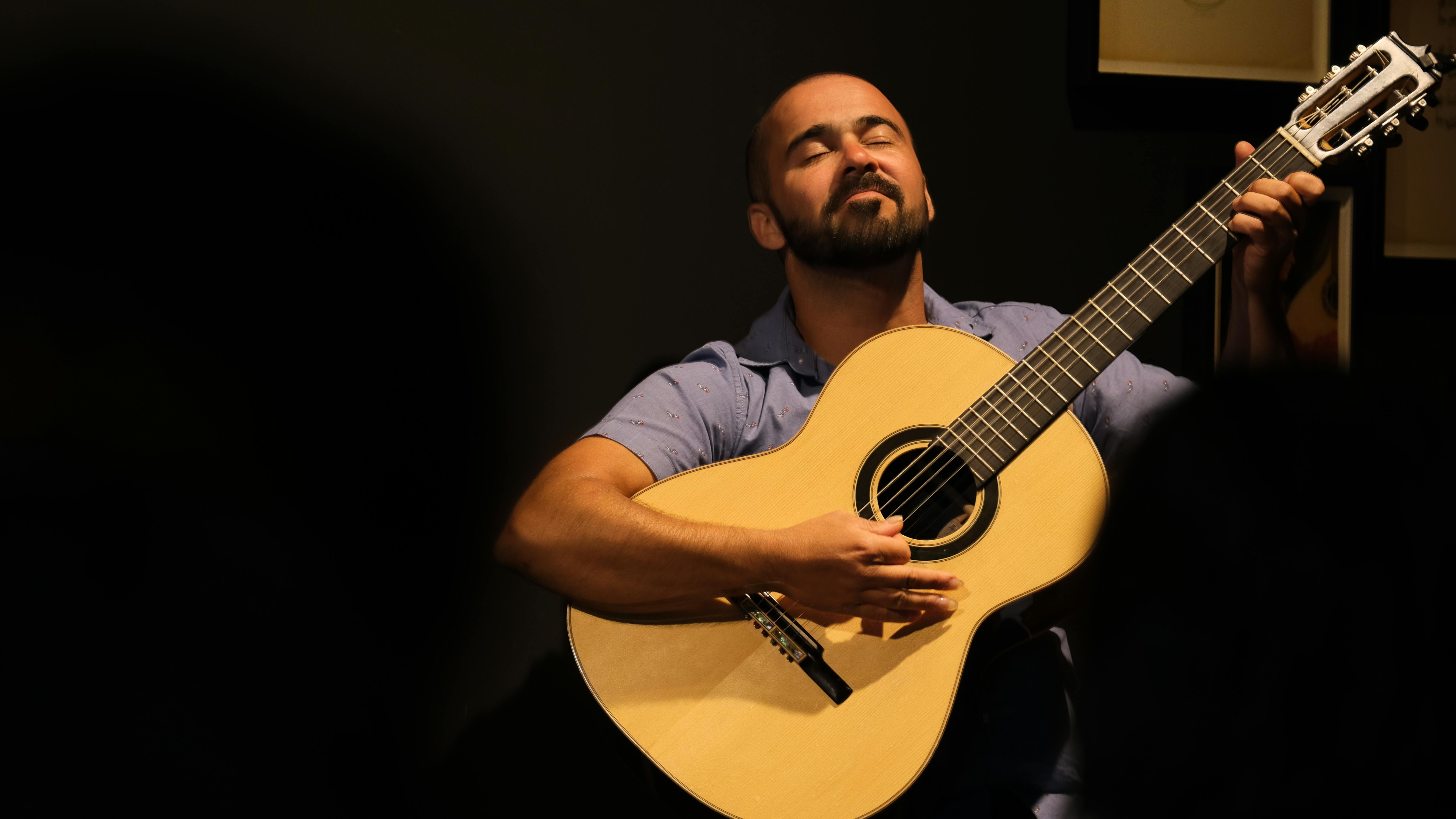 Fado Shows in Porto
Fado Shows in Porto Paris
Paris Vienna
Vienna Rome
Rome Florence
Florence Barcelona
Barcelona Porto
Porto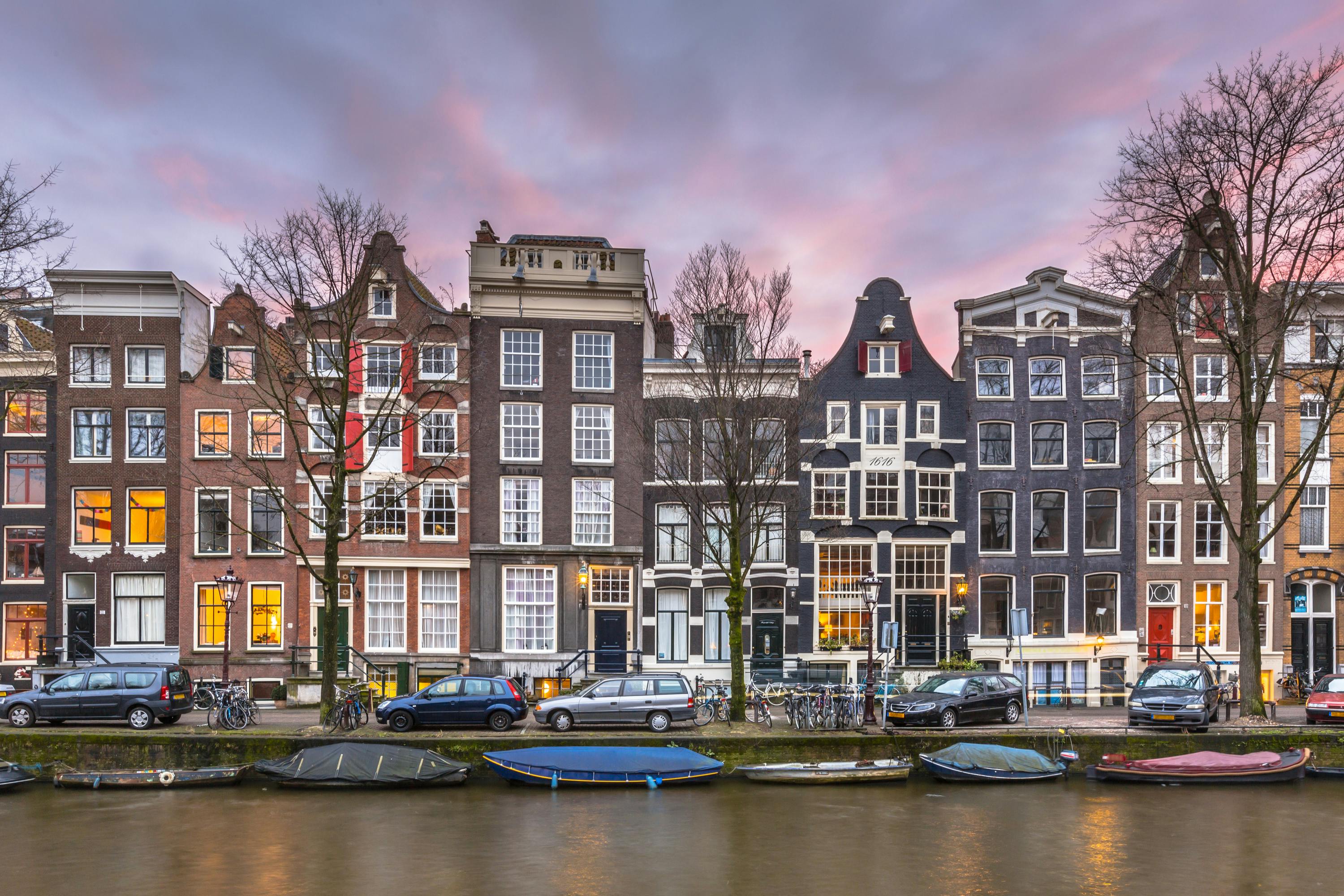 Amsterdam
Amsterdam Venice
Venice London
London Lisbon
Lisbon Berlin
Berlin Milan
Milan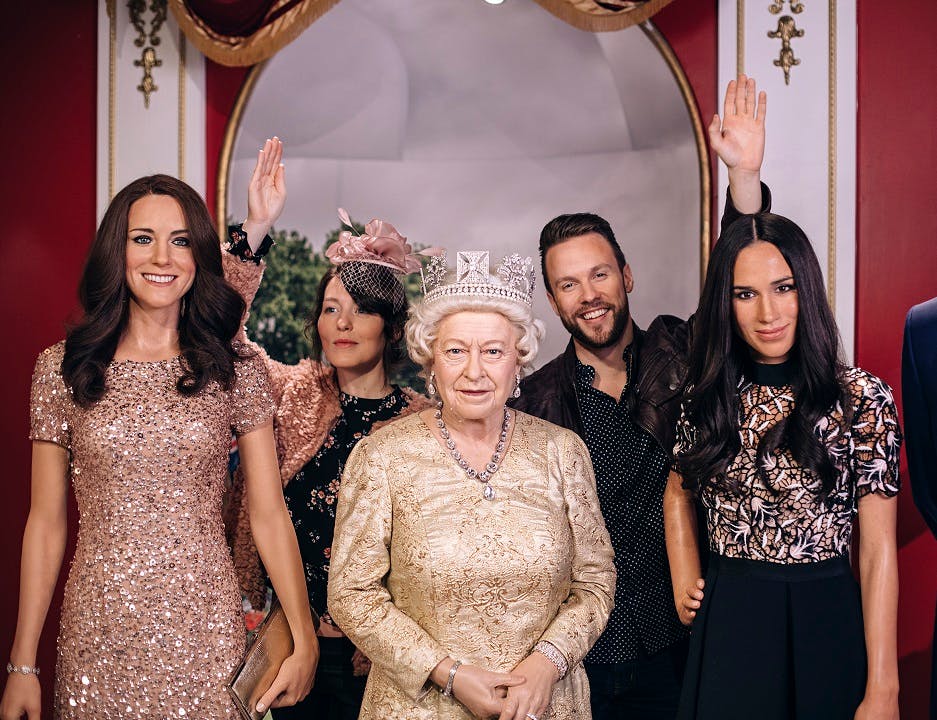 Interactive Museums in New York
Interactive Museums in New York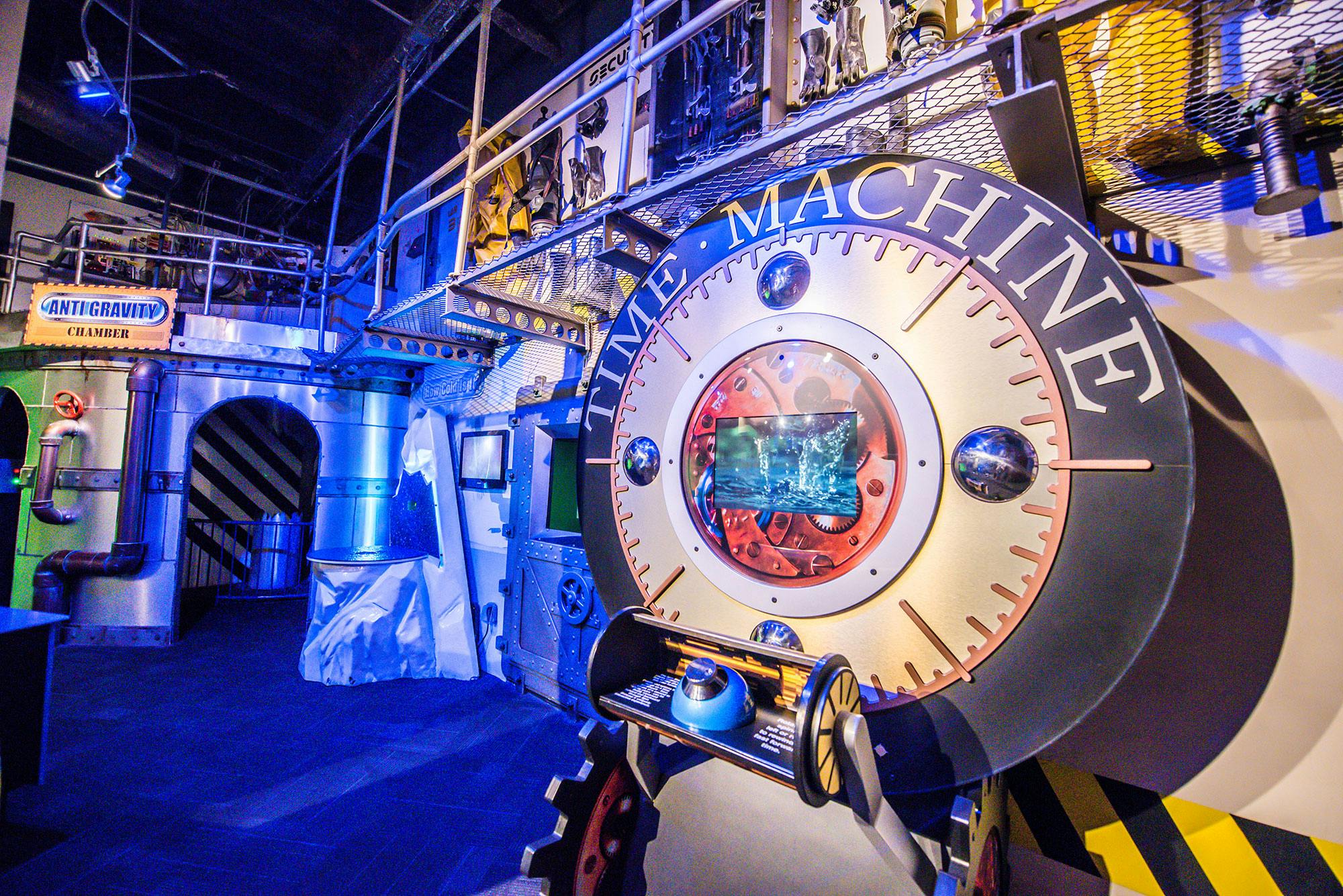 Theme Parks in Orlando
Theme Parks in Orlando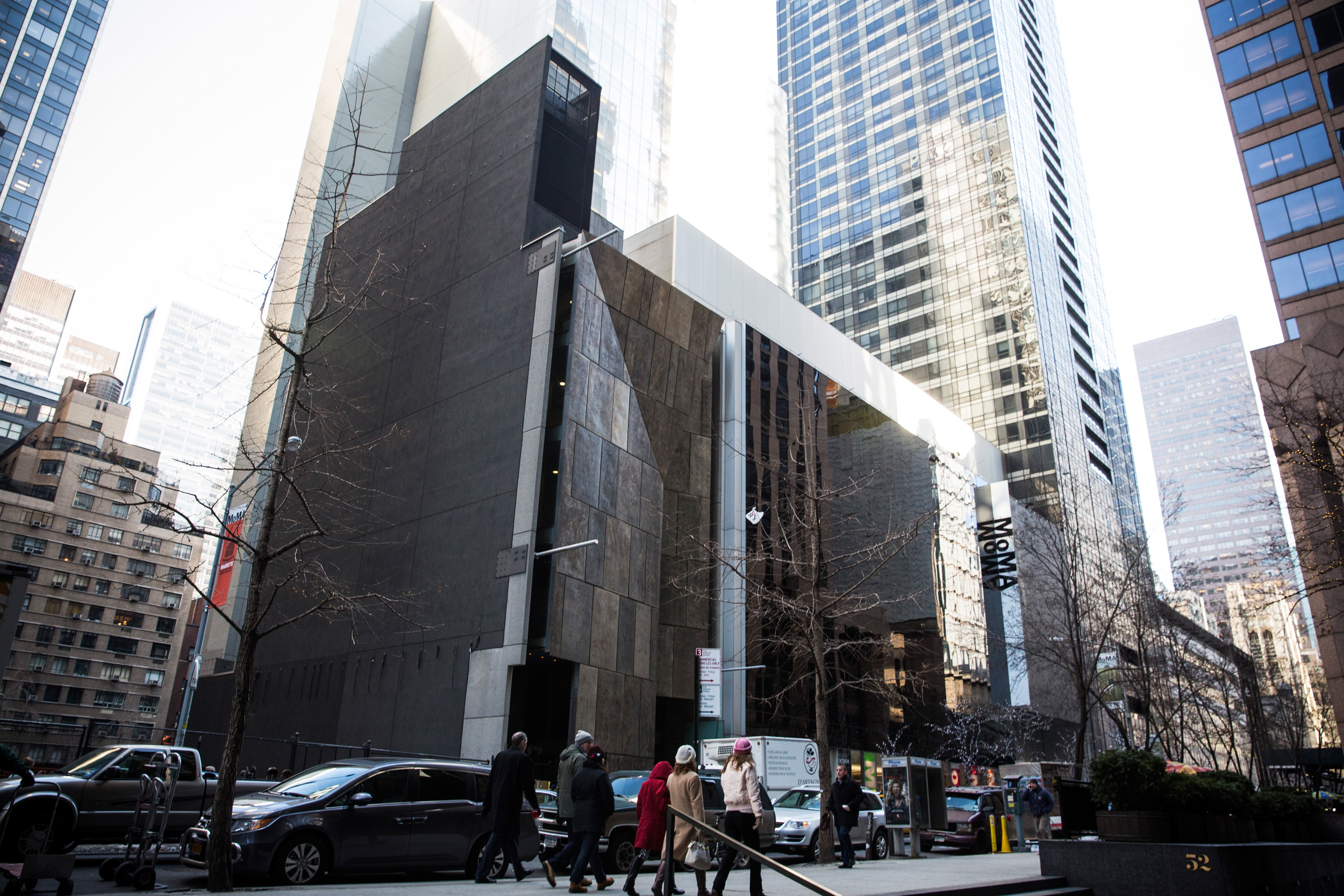 Art Museums in New York
Art Museums in New York Zoos in Orlando
Zoos in Orlando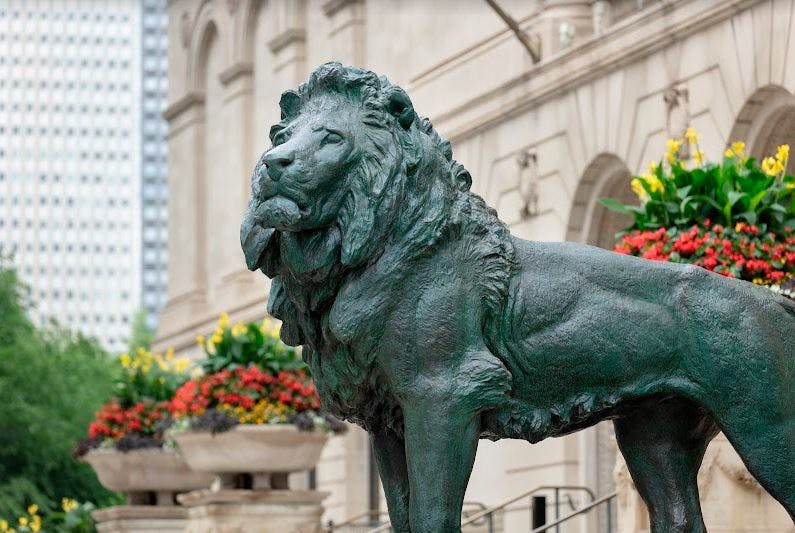 Art Museums in Chicago
Art Museums in Chicago Aquariums in Tampa
Aquariums in Tampa Orlando
Orlando Las Vegas
Las Vegas New York
New York Mexico City
Mexico City San Francisco
San Francisco Boston
Boston Atlanta
Atlanta Los Angeles
Los Angeles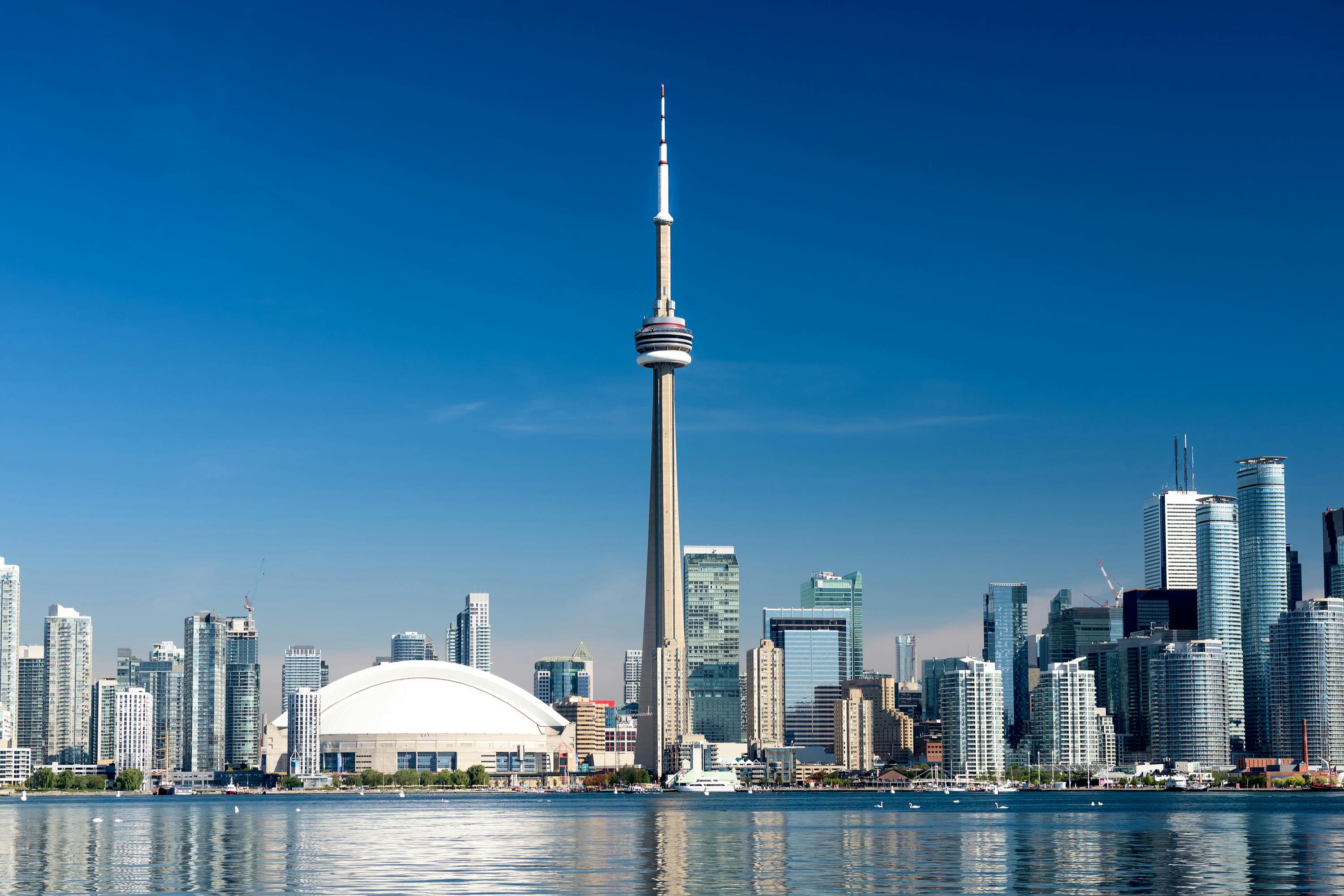 Toronto
Toronto Chicago
Chicago Vancouver
Vancouver Seattle
Seattle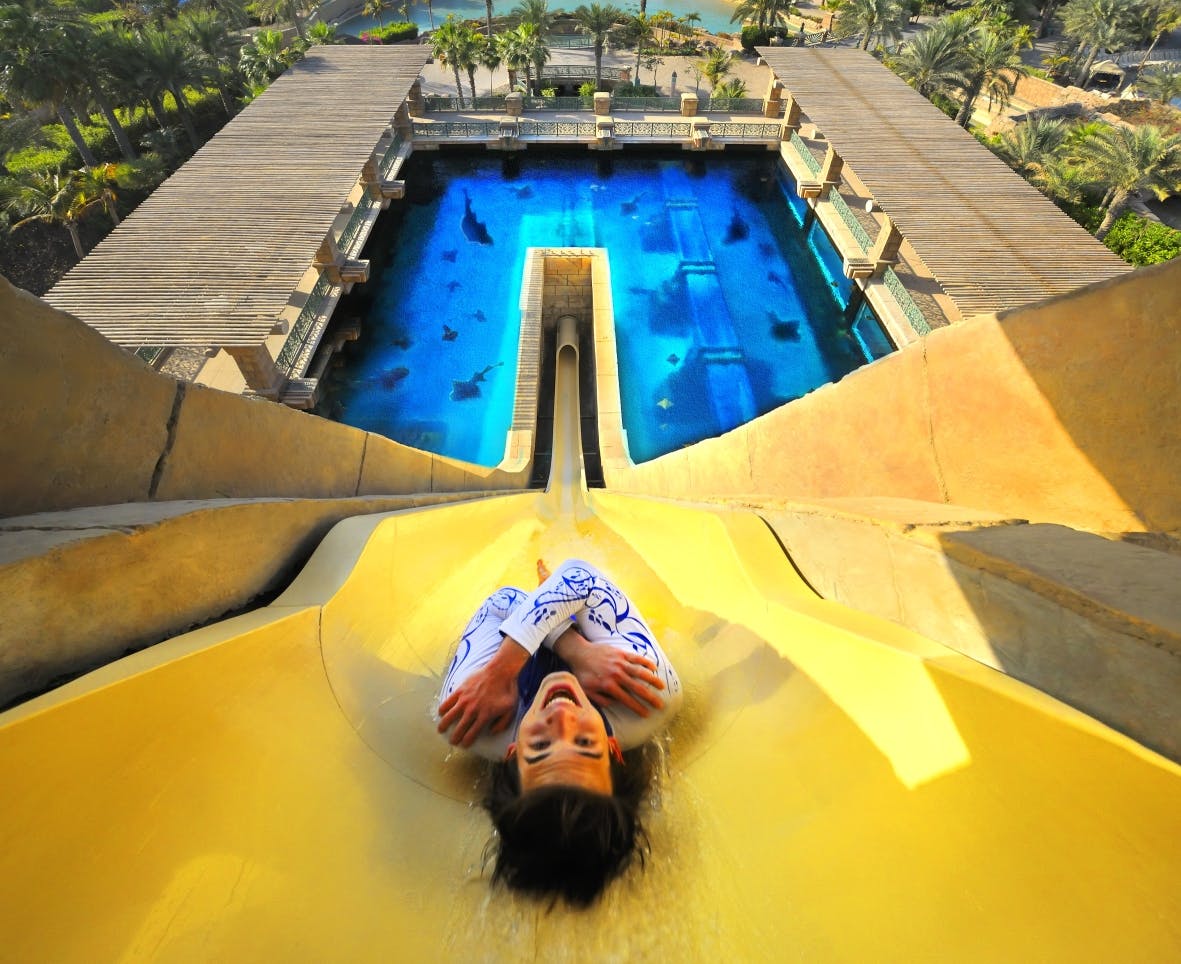 Water Parks in Dubai
Water Parks in Dubai Theme Parks in Dubai
Theme Parks in Dubai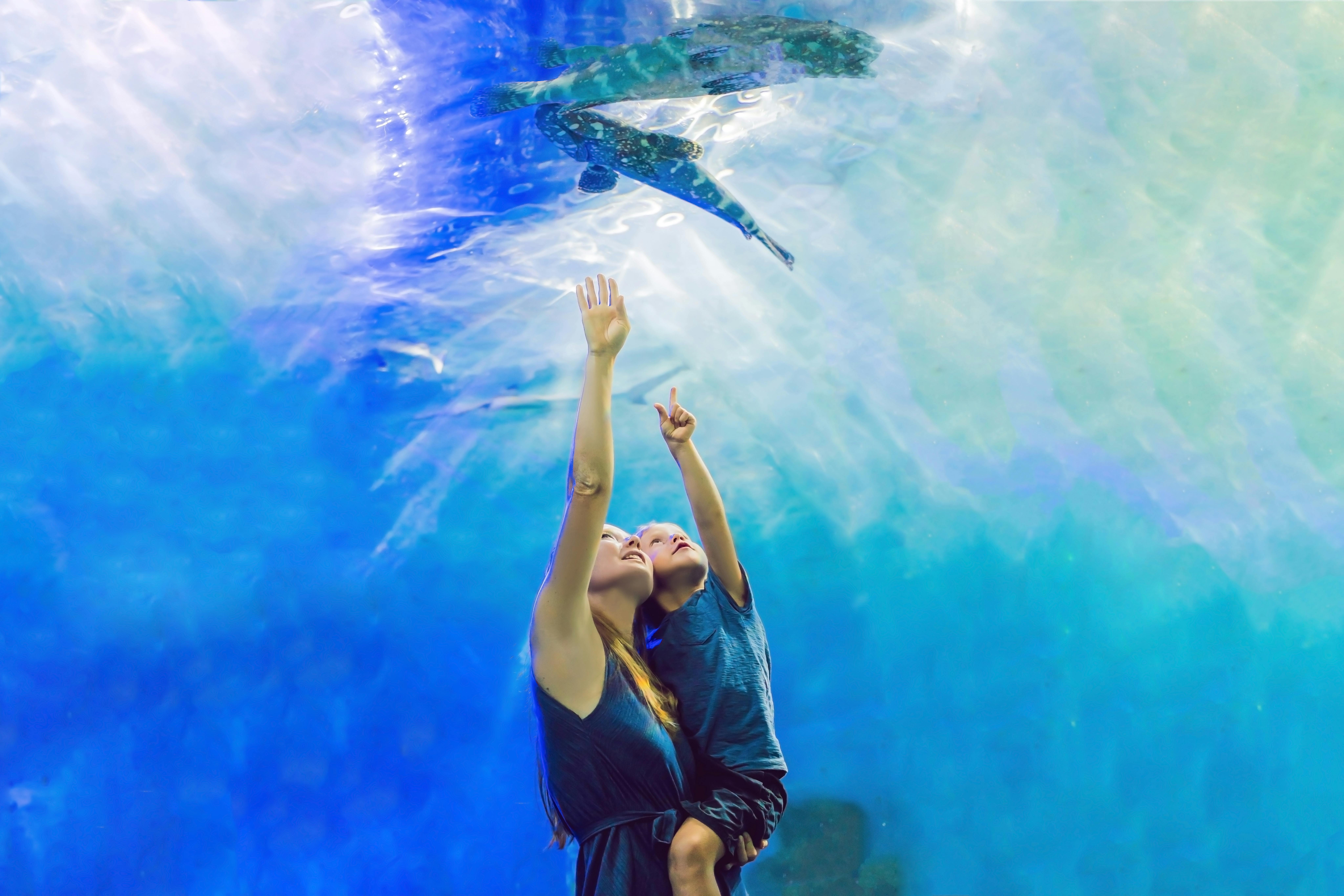 Aquariums in Dubai
Aquariums in Dubai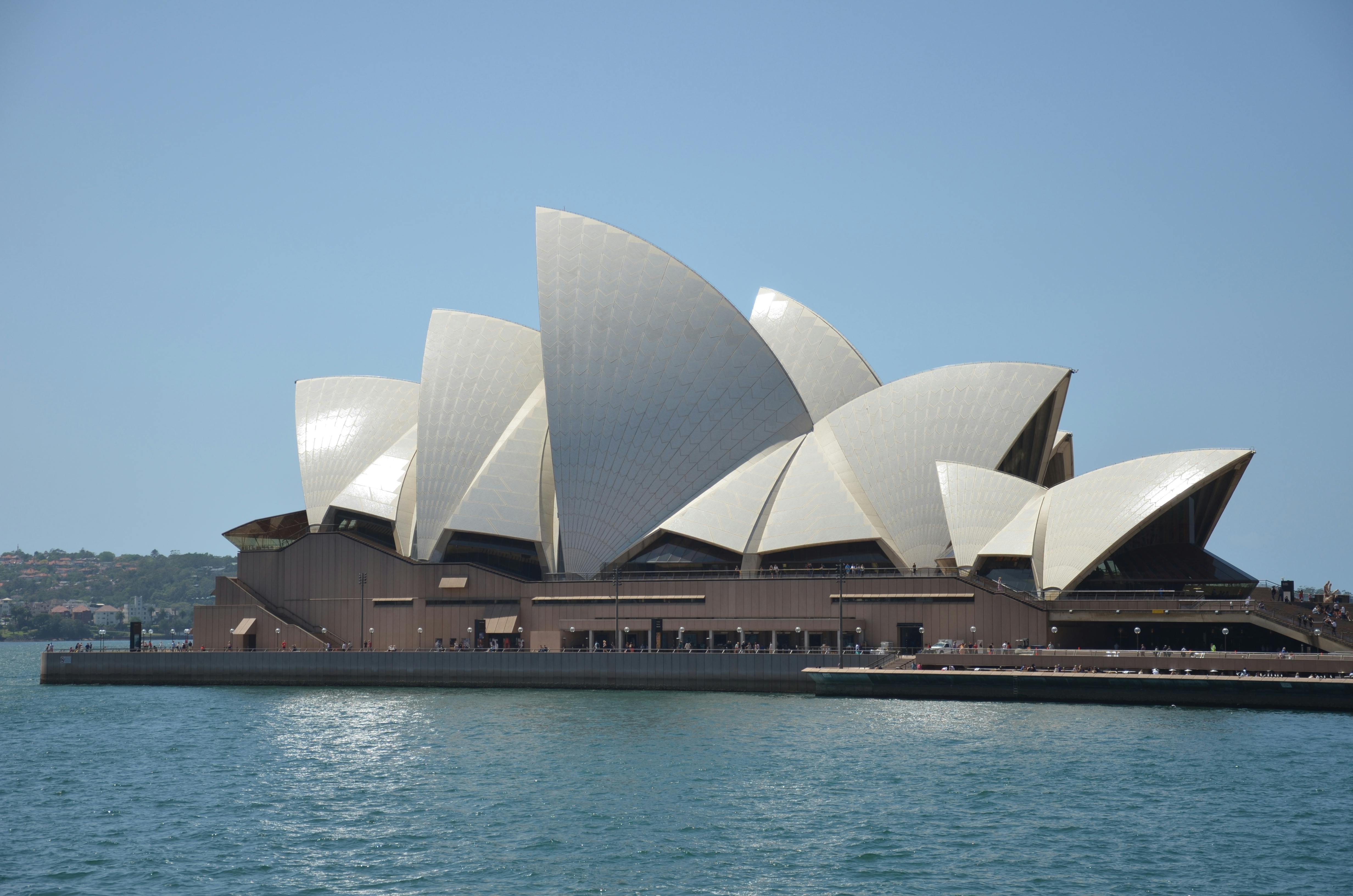 Opera in Sydney
Opera in Sydney Zoos in Sydney
Zoos in Sydney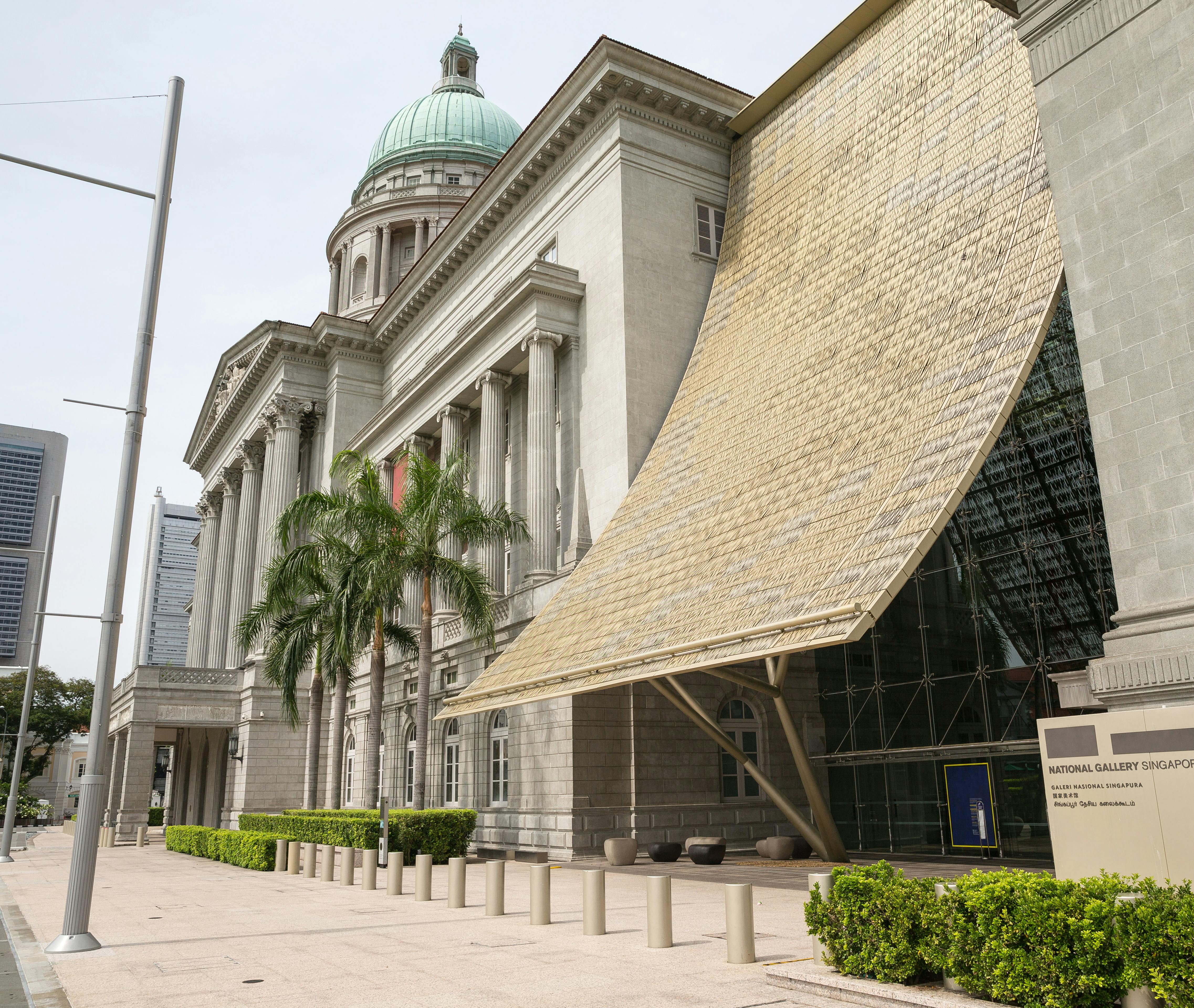 Art Museums in Singapore
Art Museums in Singapore Dubai
Dubai Bangkok
Bangkok Abu Dhabi
Abu Dhabi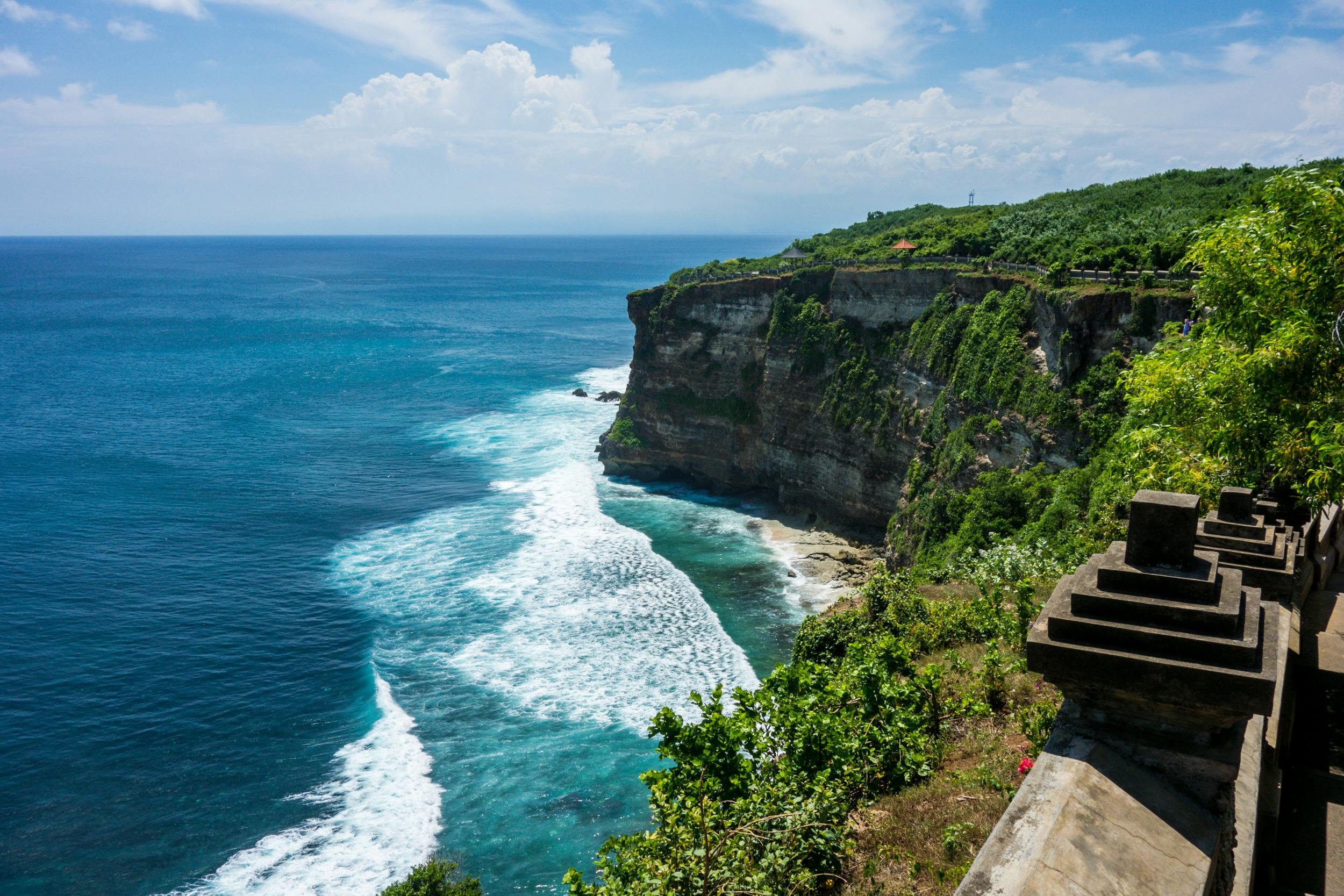 Bali
Bali Melbourne
Melbourne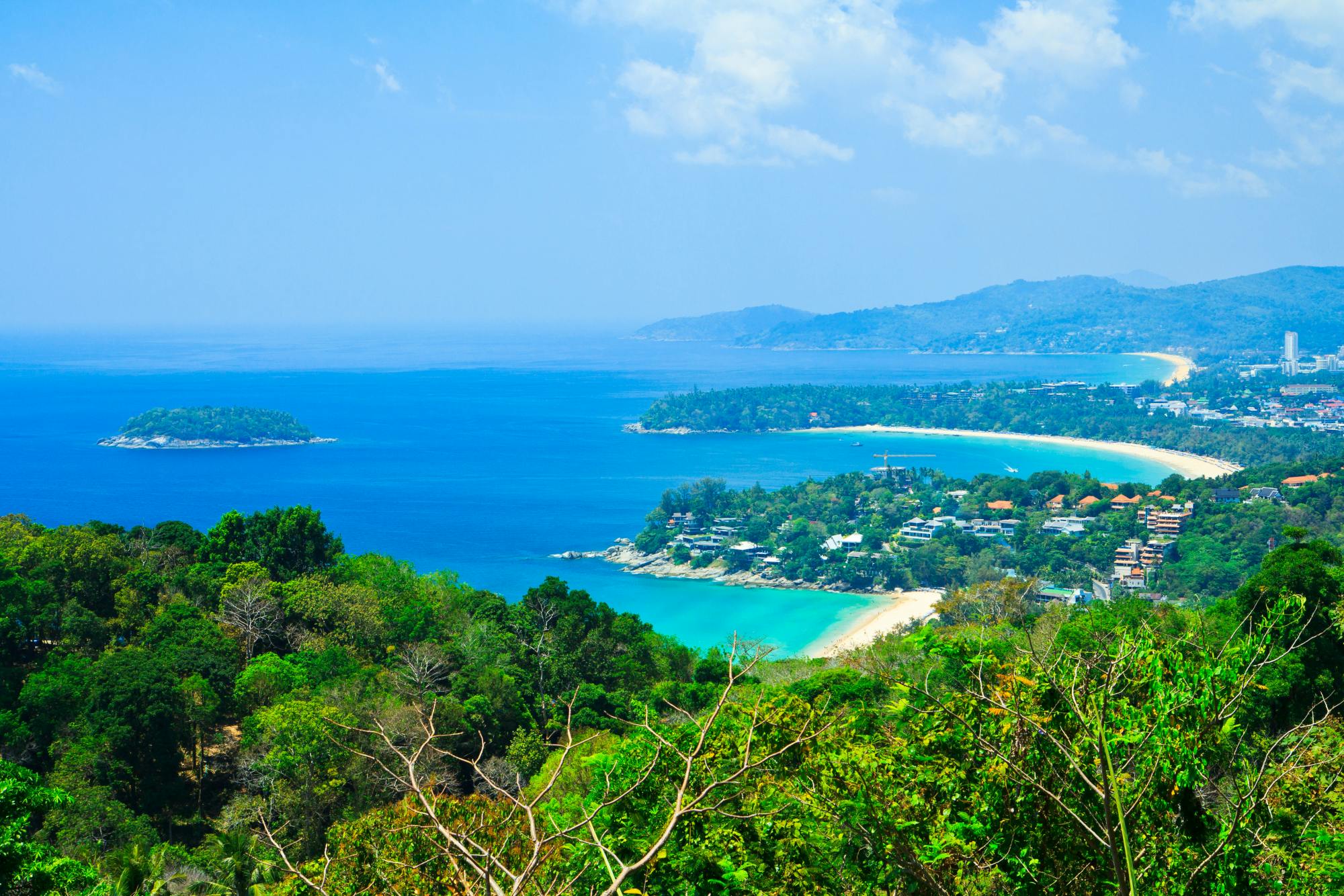 Phuket
Phuket Sydney
Sydney Cairns
Cairns Tokyo
Tokyo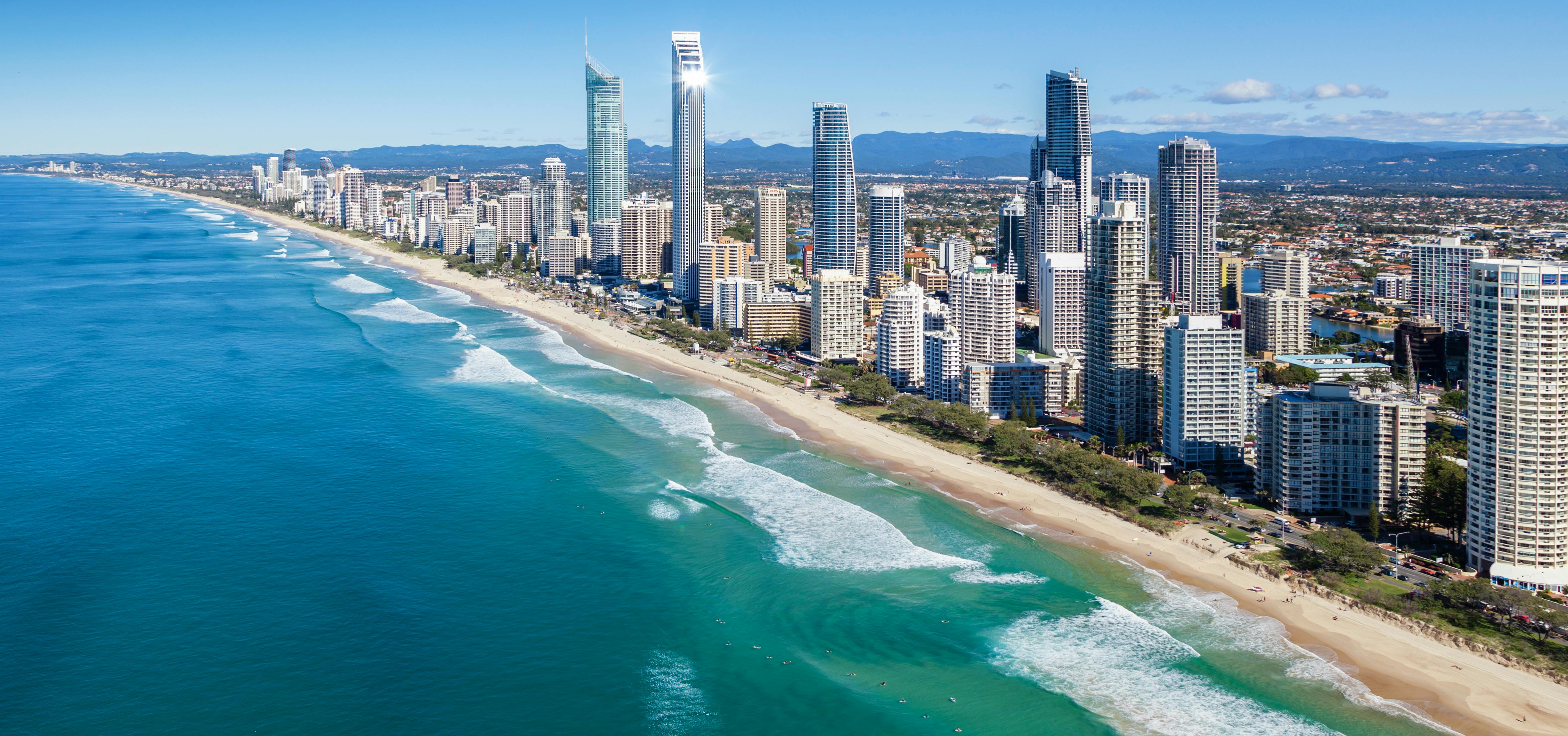 Gold Coast
Gold Coast Singapore
Singapore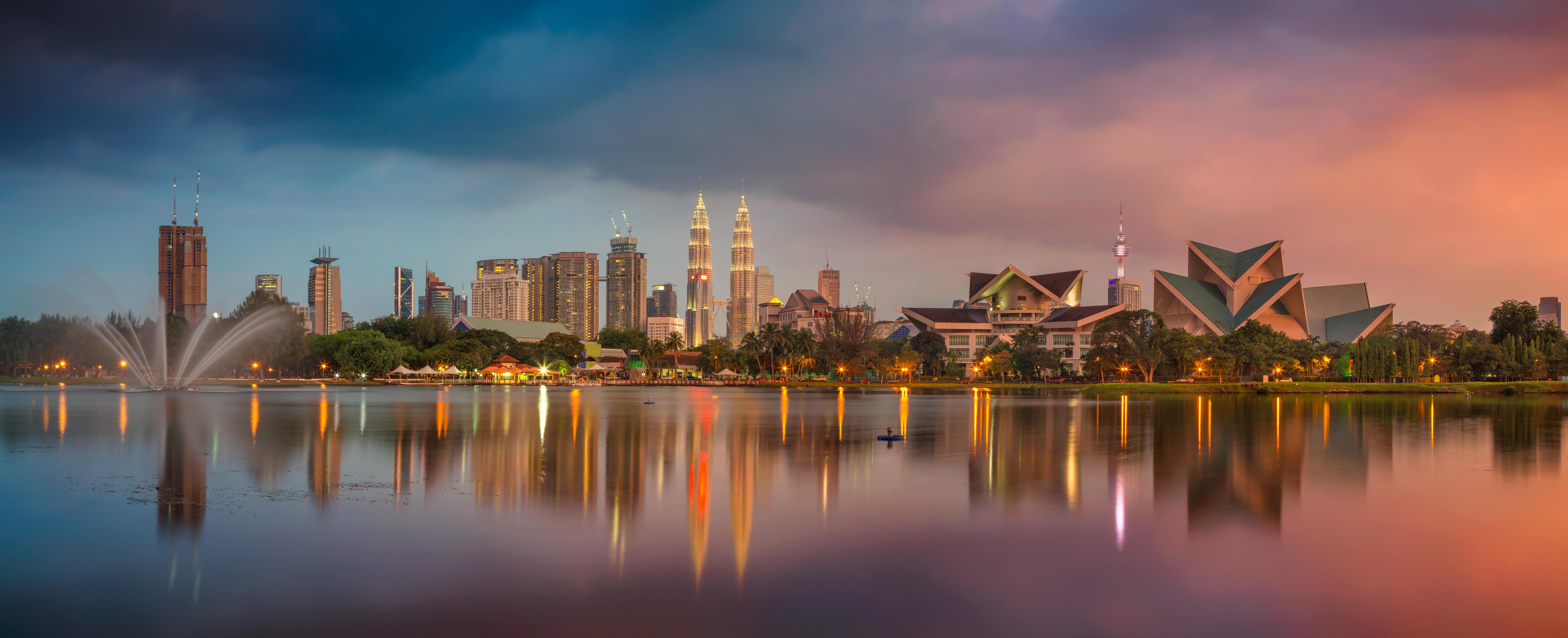 Kuala Lumpur
Kuala Lumpur Louvre Tickets
Louvre Tickets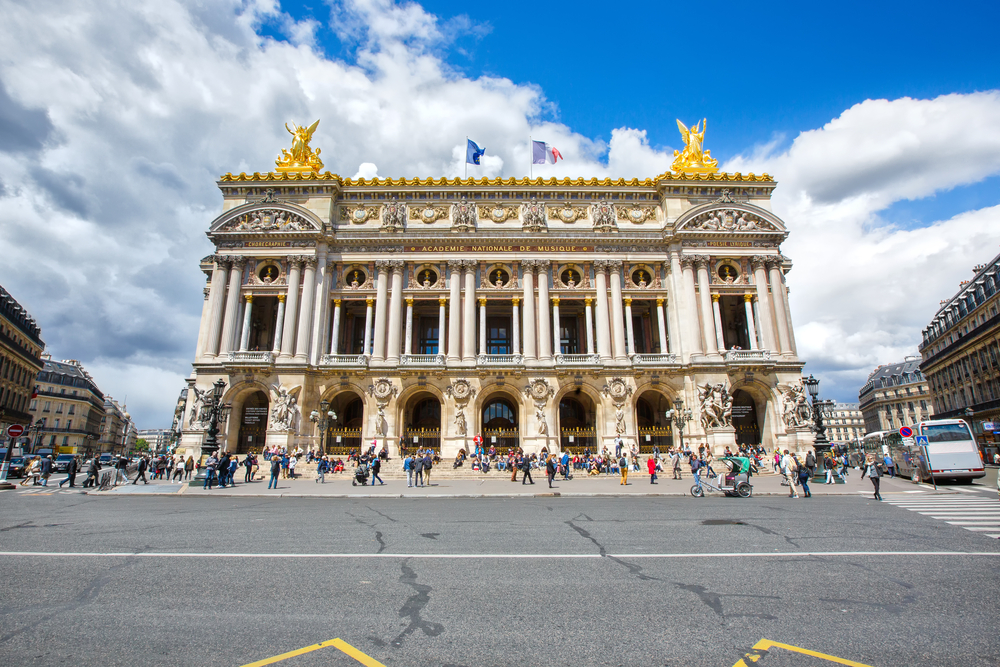 Opera Garnier Tickets
Opera Garnier Tickets Park Güell Tickets
Park Güell Tickets Sagrada Familia Tickets
Sagrada Familia Tickets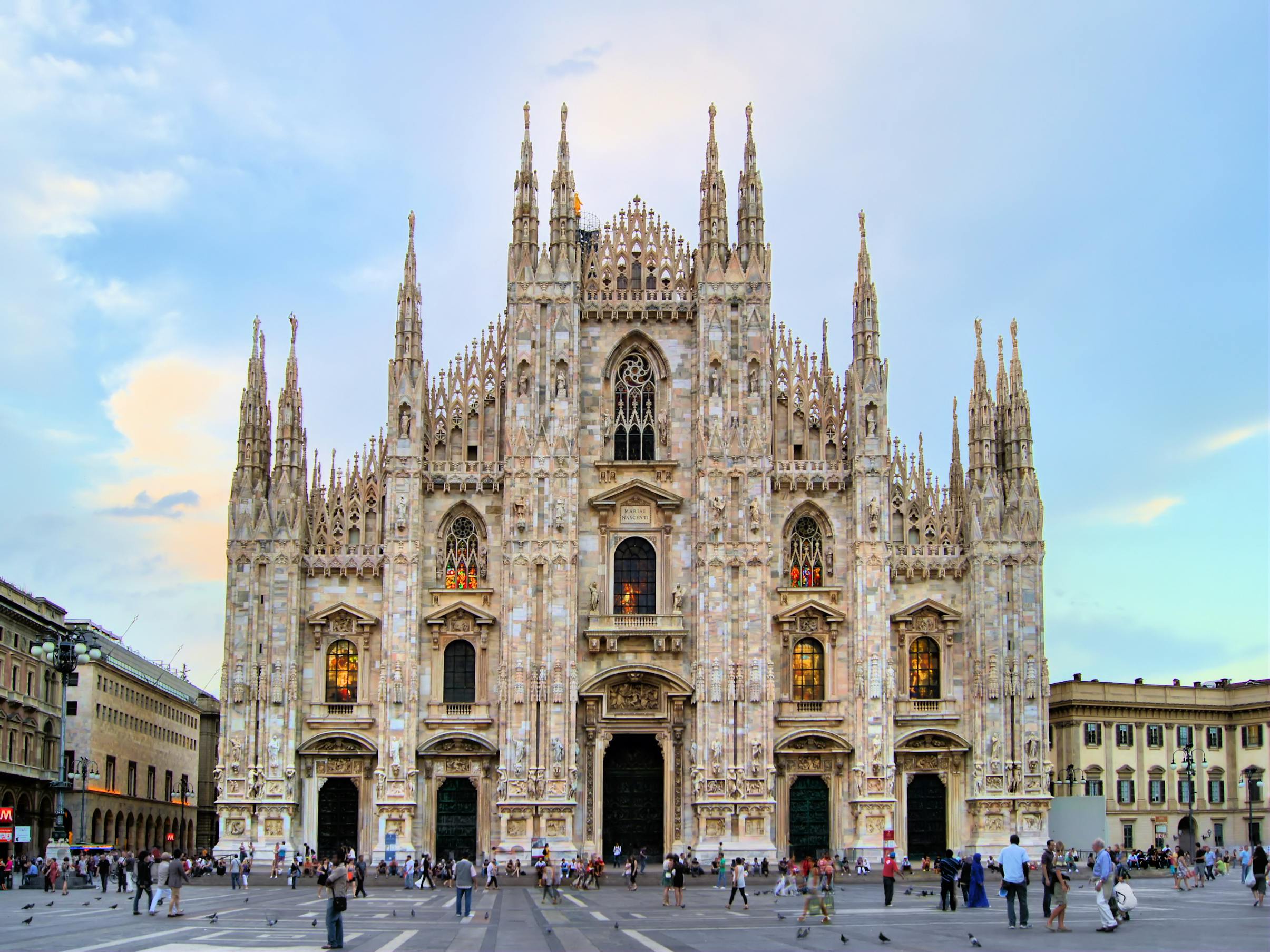 Milan Cathedral Tickets
Milan Cathedral Tickets Colosseum Tickets
Colosseum Tickets Vatican Museums Tickets
Vatican Museums Tickets Versailles Tickets
Versailles Tickets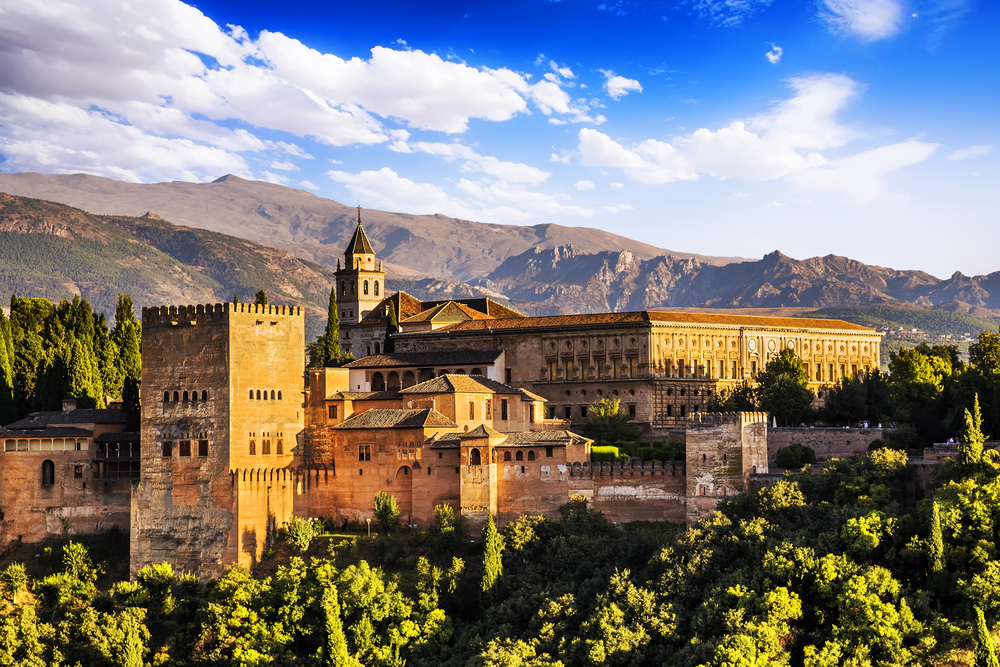 Alhambra Tickets
Alhambra Tickets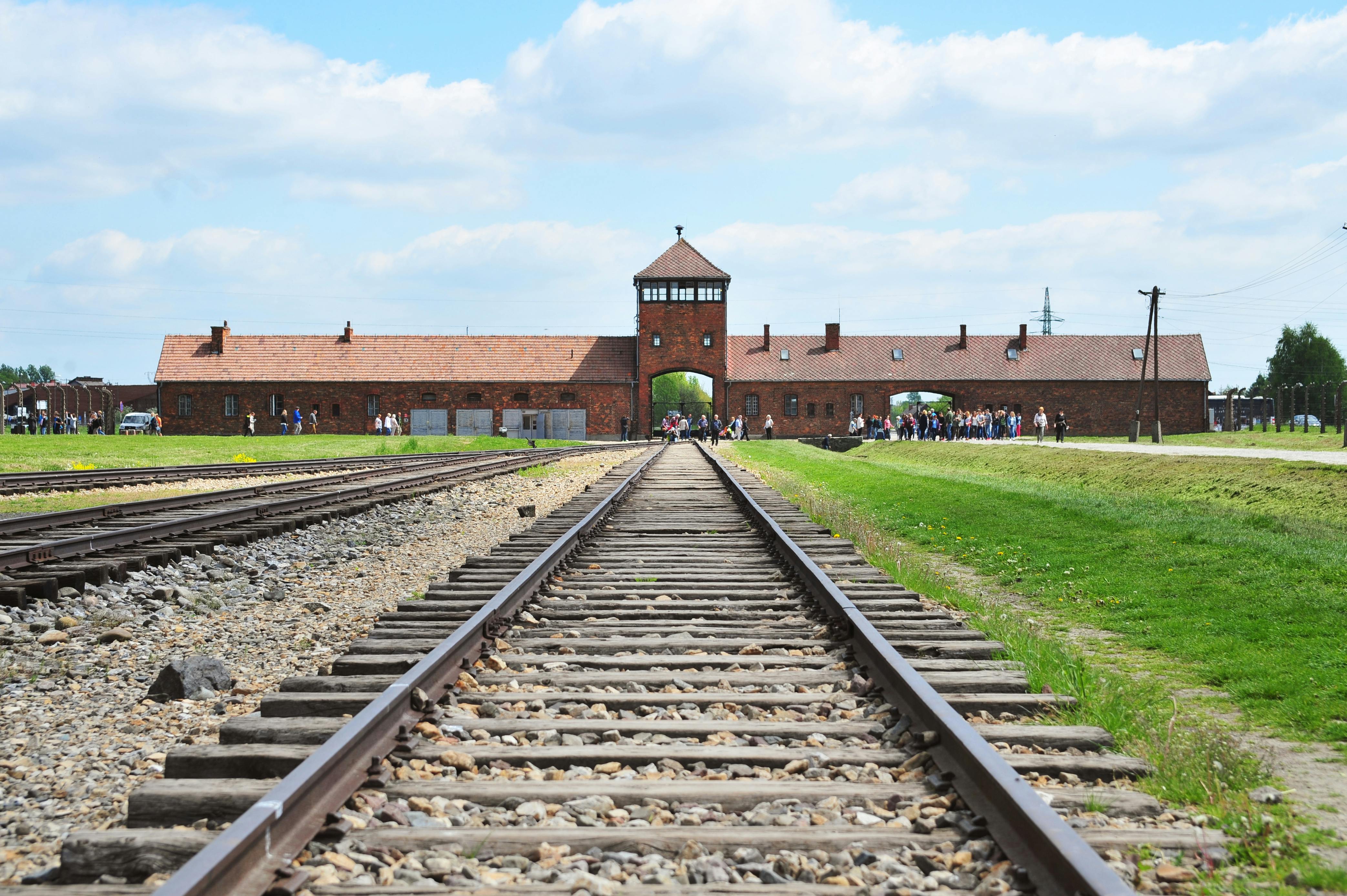 Auschwitz Tickets
Auschwitz Tickets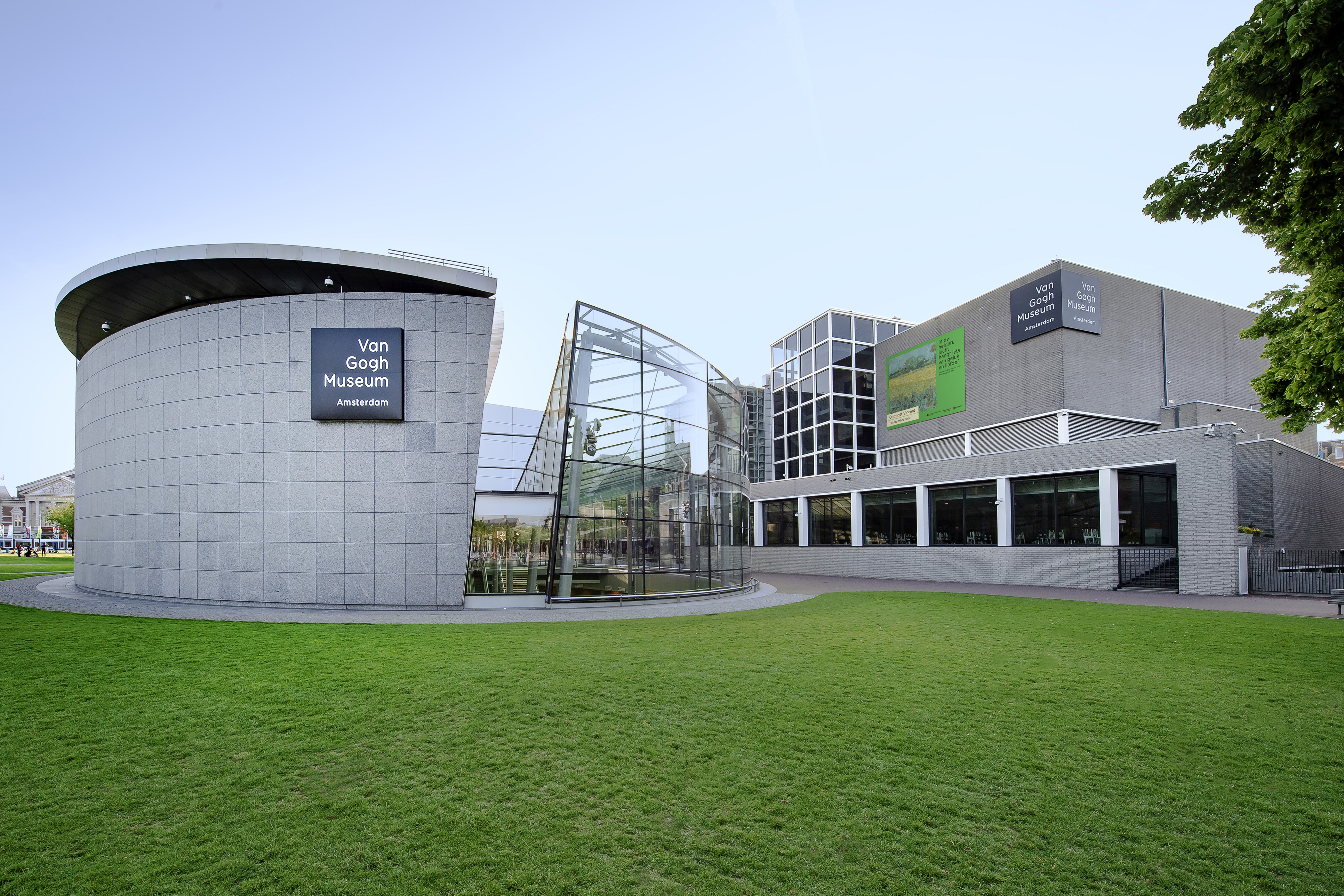 Van Gogh Museum Tickets
Van Gogh Museum Tickets Casa Batllo Tickets
Casa Batllo Tickets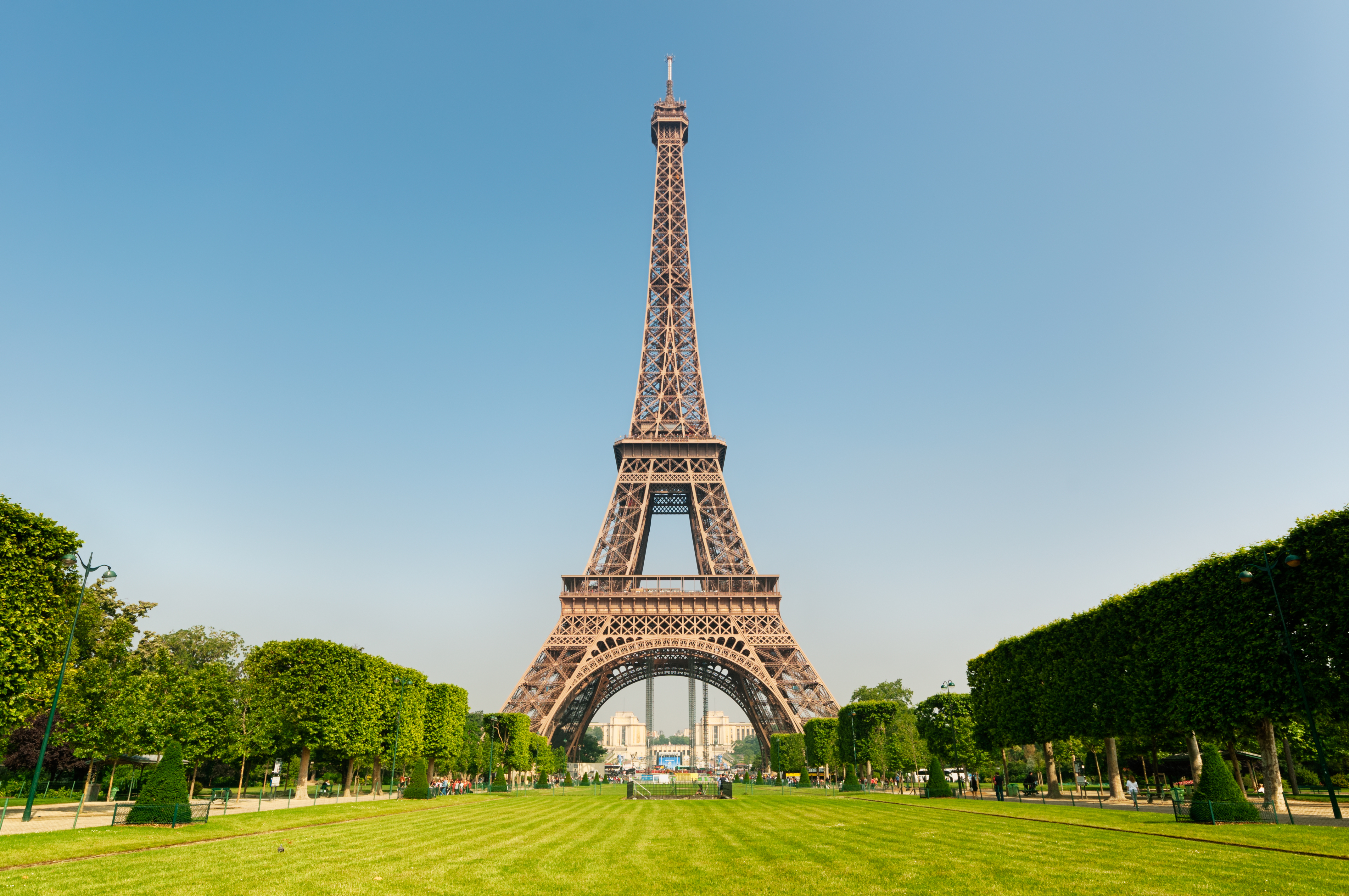 Eiffel Tower Tickets
Eiffel Tower Tickets Disneyland Paris Tickets
Disneyland Paris Tickets Accademia Gallery Tickets
Accademia Gallery Tickets Barberini Palace Tickets
Barberini Palace Tickets Porto Cathedral Tickets
Porto Cathedral Tickets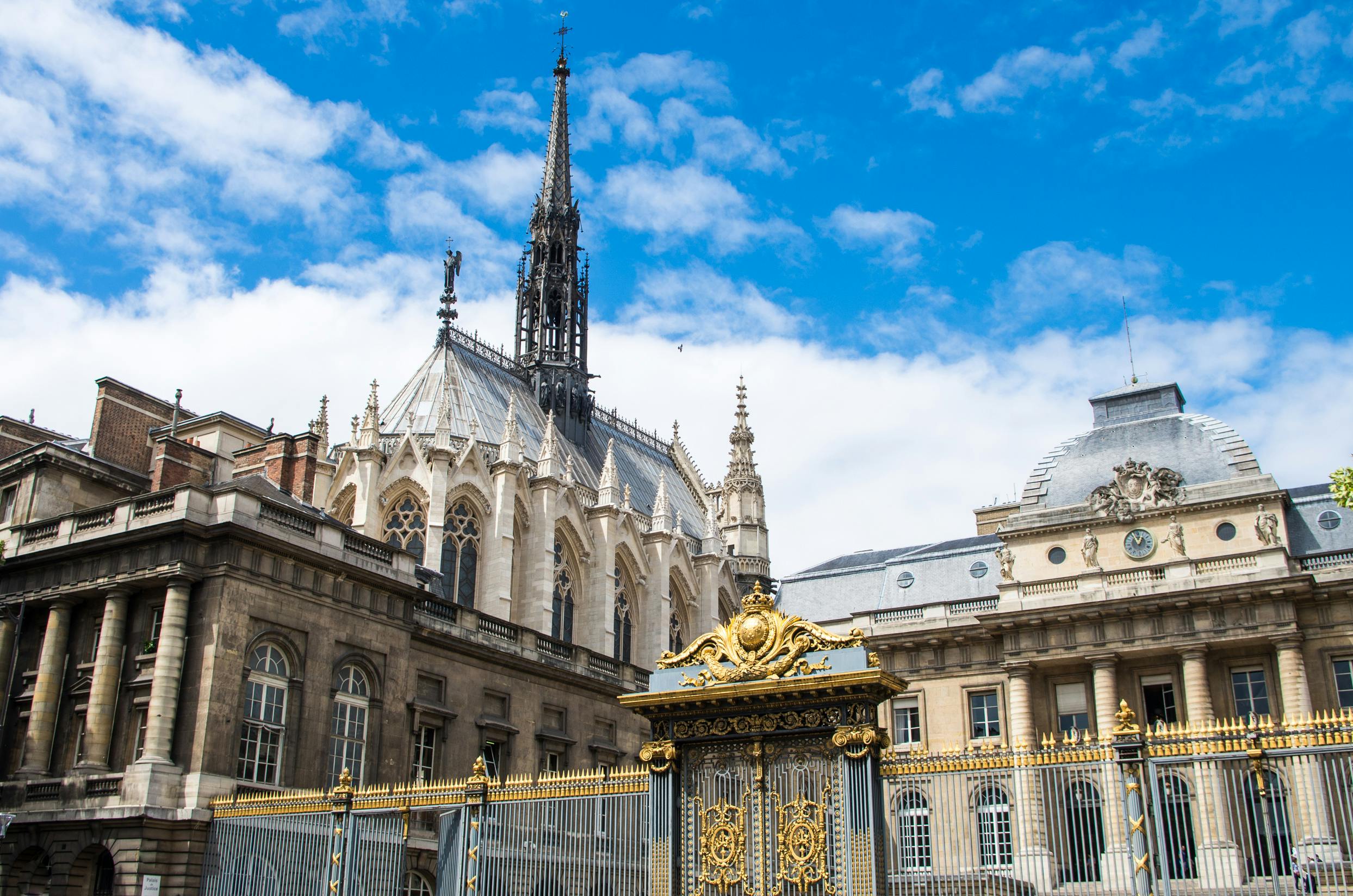 Sainte-Chapelle Tickets
Sainte-Chapelle Tickets